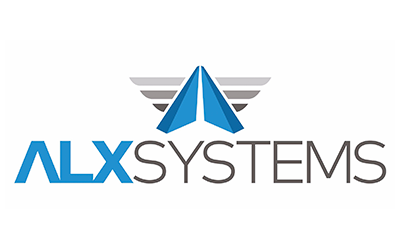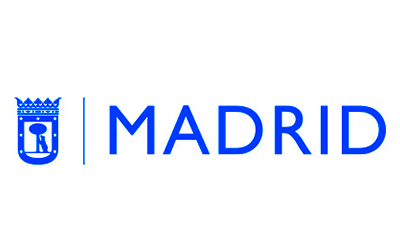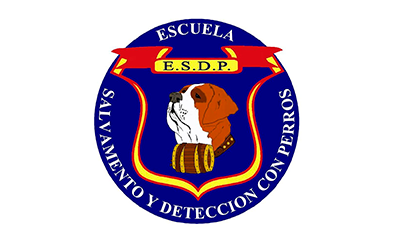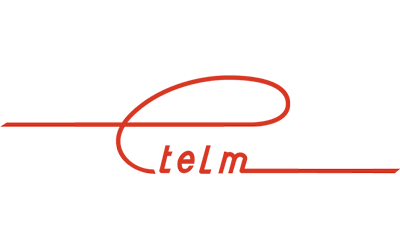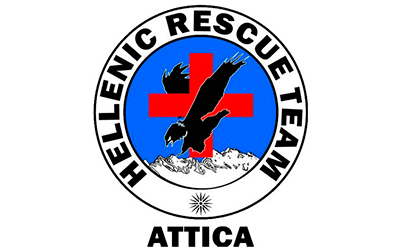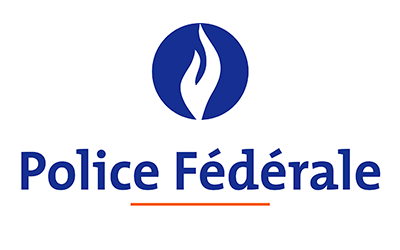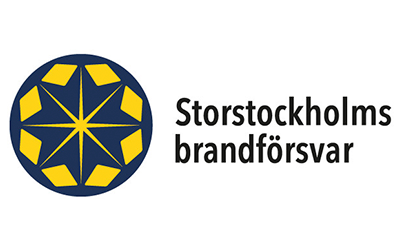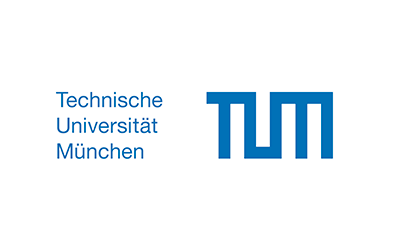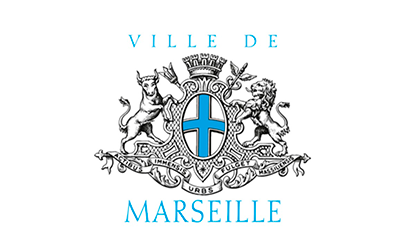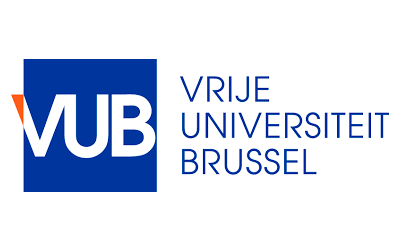INTREPID
Intelligent Toolkit for Reconnaissance and Assessment in Perilous Incidents
First responders are usually the first to arrive and provide assistance at the scene of an emergency, such as an accident, natural disaster, or terrorist attack, they are also the first to reach out to survivors. They have to face challenging, dangerous, and draining situations with a critical response time. A quick response is key in order to save lives and minimize environmental damage. However one of the biggest issues first responders have to face is the lack of reliable information and resources during the early phase of the emergency.
INTREPID aims to revolutionize first responder operations in the earliest phases of a disaster when the chances to save lives are highest and operations are slowed by many types of uncertainties. When response time is critical, situation awareness is vital to make smart decisions. INTREPID aims at providing first responders with a new approach for accelerating the exploration and assessment of hazardous sites, enabling a quick and effective response.
To achieve this objective, INTREPID will develop and validate a state-of-the-art, easy-to-deploy, secure and user-friendly platform that will allow first responders to securely explore the scene, analyze and assess the existing threats and decide, based on reliable information of the situation, on the next steps to follow. To explore the area INTREPID will use cybernetic assistants (smart autonomous vehicles) to enhance the speed, range and effectiveness of complex site exploration. To assess the current state of the situation INTREPID will collect and combine data obtained by cybernetic assistants, by first responders and by the command centre using Artificial Intelligence algorithms. The obtained information will be presented in a clear and concise way using Augmented Reality devices, improving situation awareness. To help with decision-making INTREPID will use deep learning algorithms to provide guidance and alerts.
To ensure a safe operation the INTREPID platform will use an innovative positioning system enabling accurate localization of first responders and cybernetic assistants. The platform will also include a robust and secure networking system to allow real-time communication with the command centre.
The result is an immediate and targeted response that will allow faster, more effective and safer operations.
ROBOTNIK IN THE PROJECT
Robotnik’s role in the project is to design and develop a Smart Unmanned Ground Vehicle (UGV) capable of performing exploration missions through rough terrain or complex indoor locations. The aim of the mobile robotic solution is to collect and send real-time mission data obtained from cameras and other innovative sensor technologies mounted on the robot. The robotic vehicle, an RB-VOGUI-6 should operate in harsh outdoor conditions and should be able to cover large land extensions, all while allowing real-time communications with the control station.
The project requires a novel form of smart UGV capable of navigating through rough outdoor terrain under harsh conditions, as well as exploring complex indoor locations, where it should be able to open doors, climb stairs and use switches to manipulate lights or elevators. The UGV will be designed to adequately perform area scanning even when faced with situations of low visibility (smoke, indoor locations, etc.). The UGV will also act as a carrier and charging base for INTREPID UAVs that will be used for exploration.
To accomplish all requirements INTREPID proposes a major break-through solution which involves equipping the UGV platform with four foldable 5DoF robotised legs on wheels, enabling the UGV to roll, walk, crawl, as well as climb stairs and obstacles. The UGV will feature an open architecture and modular control system that can support the plug-and-play of different sensors used to assess the situation such as lasers, cameras or CNRBe sensors. The UGV will be equipped with a robotic arm, which will allow manipulation tasks to be carried out.
Robotnik will also contribute to the development of a symbiotic operation controller module that will control the joint operation of the UGV and the UAVs to perform collaborative tasks.
More projects




